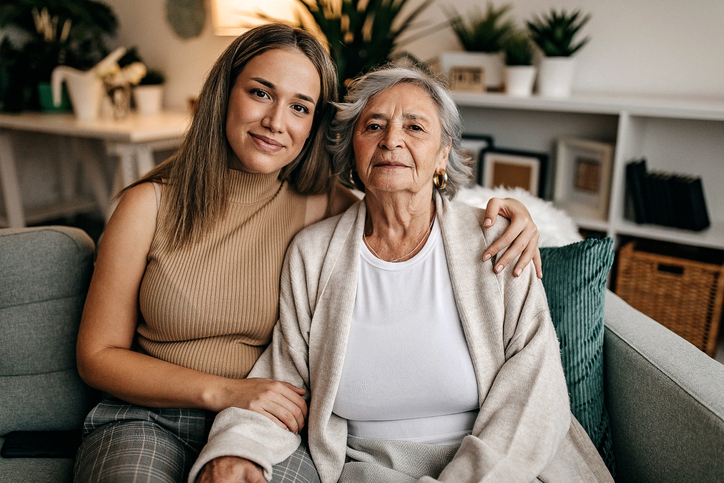You’ve made the decision to move your parent or loved one to memory care. You researched senior care living communities, toured the grounds, and met the team members. You’re confident your parent or loved one will receive the best quality care. Still, as moving day approaches, you may be asking yourself: “How will my parent or loved one react on the day?” or “What if I forget something essential?”
Helping a loved one transition to memory care can feel overwhelming for everyone involved, but there are ways to streamline the moving process and reduce anxieties. To help create a low-stress moving day experience, explore our memory care moving checklist for seniors and their loved ones.
Work with Community Staff
The first step of executing a seamless moving day is to work with the memory care community’s team throughout the process. These individuals are trained in navigating the challenges of memory care for seniors and can support the transition. Reach out to a team member for help coordinating your move. In addition, if you think your parent will need special medical needs during the move, you can work with the community’s memory care physicians and nurses who are specially trained to care for Alzheimer’s and dementia patients.
Create a Comforting Setting
While creating a plan, you’ll need to consider how to establish a comforting setting for your loved one, as moving may cause a disruption to their everyday routine.
Some individuals like to bring their loved ones in frequently before moving day so they become familiar with the community, team members, and their room. Others prefer to have their parent stay with another family member or loved one as their belongings are packed up so that the parent does not experience the stress of move-in day.
If you know your loved one’s mood or behavior is better during a certain time of day, try to schedule moving during that time. For example, most seniors with Alzheimer’s or other forms of dementia are more amicable in the morning, so that may be the best time for the move. Do your best to make your parent’s or loved one’s move as comfortable as possible.
Make the New Place Feel Like Home
Adding personalized touches to your parent’s new senior living apartment can also bring them a sense of comfort. When creating your memory care packing list, make sure to keep a few favorite items in easily accessible places. This way, you can decorate their new home with meaningful possessions. A cherished blanket or cozy chair will give them a sense of familiarity and security in their new surroundings.
Don’t forget to hang pictures of family and friends in the apartment too. Seeing the smiling faces of loved ones can help a memory care resident remember past experiences. Spraying calming scents like lavender or playing favorite songs can also make a new place feel like home.
Encourage Social Interactions
Many memory care communities host move-in day activities to make it easier for new members to meet their neighbors and team members. Encourage your parent or loved one to join these community events. It will be a welcome distraction from the stress of moving and help your parent feel more at ease.
Explore Memory Care Options at Oak Trace
At Oak Trace, we support families and their caregivers. When the time comes to elevate your loved one’s care, look to Oak Trace to provide a safe and welcoming community. We would love to discuss our memory care services with you further. Contact us to learn more, or fill out the form below.


